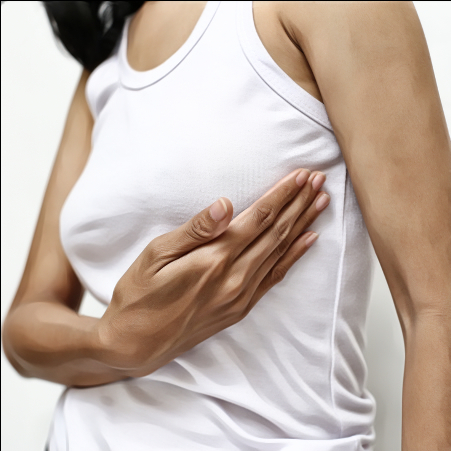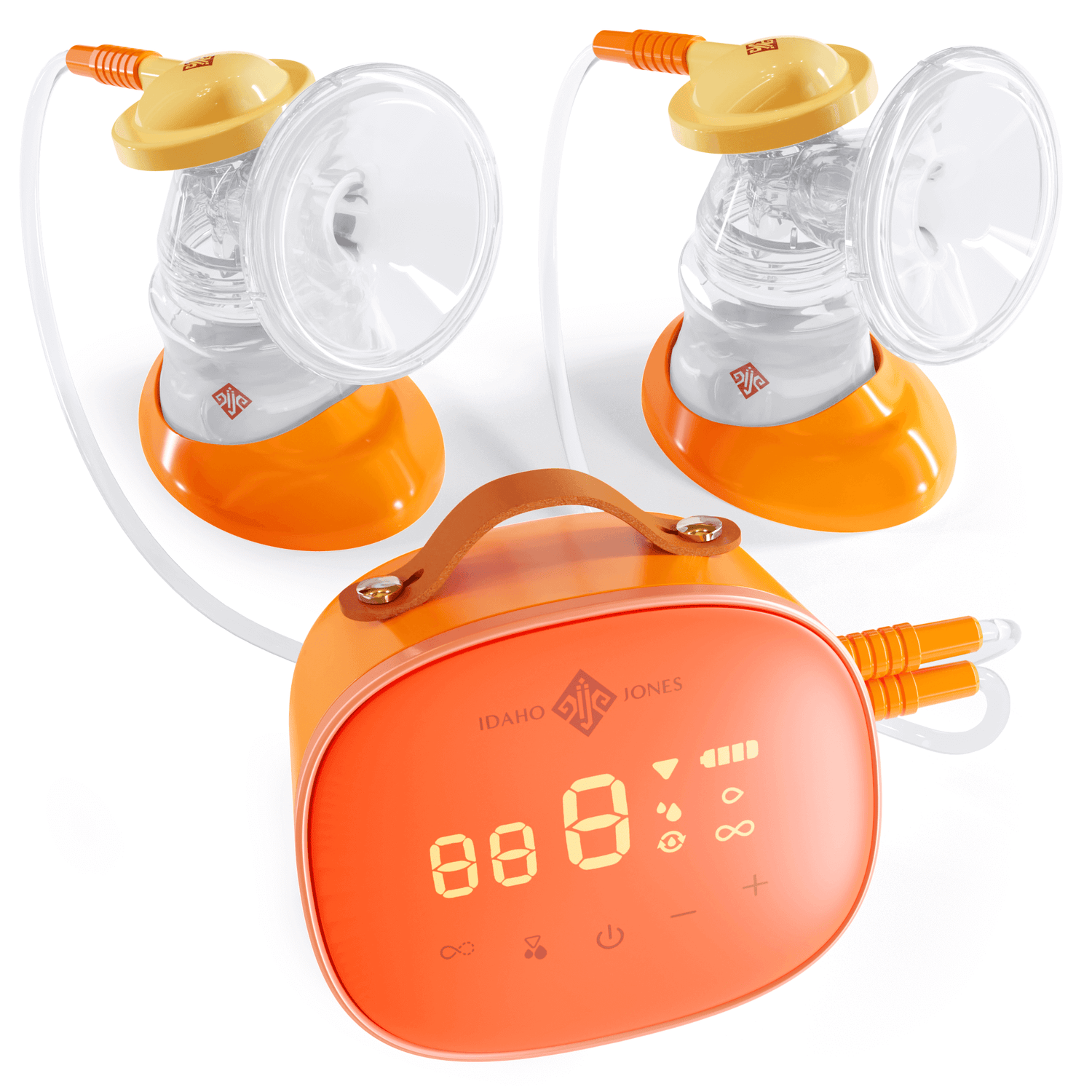
How Much Milk Can You Hand Express
Share
When you picture breastfeeding, it’s likely you imagine a baby (or two!) at the breast, enjoying a feed, or perhaps a mom using a double electric pump to remove milk from her breasts. Another way to encourage good milk removal that can be done with baby or pump—but doesn’t require either—is hand expression. Using your hands to assist milk flow can help establish or increase milk supply and production, prevent or treat clogged ducts, and relieve discomfort when your breasts are full or your baby isn’t around.
How to Express Milk By Hand: Basics of Hand Expression
Hand expression is best done keeping two key principles in mind: massage and compression. Massage helps with relaxation and letdown, and compression mimics your baby’s mouth at your breast and will help the milk continue to flow throughout the session.
Massage isn’t necessarily happening when you put your baby to your breast or settle in with your pump, and thinking about this principle of hand expression when nursing your baby or pumping can help make your sessions more effective and comfortable. Massage is also an important part of hand expression when you’re using this method instead of a breastfeed or pump session.
The glandular tissue of your breast (that makes and stores milk) can go all the way up to your armpits (see this diagram from Medela to better understand breast anatomy). When massaging for hand expression, think about your entire breast. You can massage in a circular motion, with your fingers, with the side of your hand, and generally in any way that feels relaxing. Use gentle but firm pressure. Many moms find it helpful to massage from the chest towards the nipple, encouraging milk flow. You can massage for 1-3 minutes before an expression, feeding, or pumping session as well as throughout the session. You can massage with both hands at once, or use one hand at a time, alternating between beasts.
The other important piece of hand expression is compression. This mimics the pressure created by a baby’s mouth on the breast, and helps to remove milk from your breasts. Create a “C”-shape with your hand, placing your thumb on the top of your breast and your other fingers below the breast, with your hand 1-2 inches behind your nipple. Open and close your hand, holding for a few seconds after each compression. Try using a rolling motion as you close your thumb and fingers on the breast. Feel free to move your hands around, looking for spots where milk flows with compressions. This can be tiring, so take breaks, switch hands/breasts, and readjust as needed.
When to Hand Express
Hand expression is a learned skill and can be helpful in a variety of situations. Consider hand expressing at the following times, depending on your needs:
Before Your Milk Comes In
Regular, frequent breast stimulation in the first few days postpartum is critical for establishing a hearty milk supply. Hand expression can be a helpful tool as your baby learns to feed in the early hours and days after birth. You can hand express a few drops to help your baby find or get interested in your breast, and you can also hand express after a feed. If you are separated from your baby, hand expression may help you collect more milk than a pump since it’s sticky and low-volume. If you’re collecting your colostrum, you can hand express into a small cup or spoon and then feed the milk to your baby using cup or spoon feeding.
While Pumping
Hand expression, especially the massage piece, can be a great compliment to your pumping routine. A 2009 study found that combining hand expression with electric pumping increased milk production for mothers of pre-term infants. Next time you pump, take some time to massage your breasts before and during and see how it affects your session. Pro tip: a hands free nursing bra can make hand expression while pumping much easier!
For Clogged Ducts
Sometimes the goal of hand expression isn’t collecting milk for your baby, but is for your own comfort and relief. Hand expression can help clear clogged ducts, and can be especially effective when combined with heat, so try expressing in a warm or hot shower or bath to relieve engorgement or clogs.
Instead of Pumping
Hand expression can replace pump sessions in a pinch or as your norm, depending on your needs and comfort. If you’re hand expressing instead of pumping or feeding your baby, consider working with an IBCLC or other lactation professional to ensure that you’re expressing enough to maintain your milk supply.
Tips, Tools, and Reminders
Now that you know the basics of hand expression, as well as when this method may be helpful, here are some tips, tools, and reminders to keep in mind as you learn to hand express.
- Be gentle! Breast tissue is sensitive, and being gentle as you hand express can prevent bruises and other damage to your skin or breast tissue. If something hurts, stop and readjust.
- Get comfy...and lean forward. Staying relaxed while hand expressing will help you get the most out of your session. However, leaning forward can make it easier to catch the milk and will employ gravity in helping your milk flow.
- Think about your baby. If your little one isn’t with you, look at photos, watch videos, sniff their favorite outfit or blanket. Do whatever you can to help yourself relax and tell your brain to make some oxytocin (and some milk!).
- Find a good receptacle. If you’re hand expressing without a pump or baby, you need a container to collect your milk. The main requirement is that it’s clean, and bonus points if it’s difficult to spill. You can purchase a specific milk collection cup like the Kindest Cup, or collect your milk in a clean bottle, glass, cup, or mug.
- Don’t give up. Hand expression can come with a learning curve, so don’t worry if you find it difficult at first. Continue trying different hand motions, pressures, positions, or times of day as you build comfort with this new skill.
Hand Expression Resources
The following resources offer more information about the art (and science) of removing your milk without—or in addition to—a manual or electric pump.
- This short video from Unicef UK Baby Friendly Initiative includes great (and simple!) instructions on hand expression.
- Go Milk Yourself: You Have Power. Express It! is a book by Francie Webb on hand expression. It includes images and instructions that can be helpful as you learn to hand express your milk.
- Stanford Medicine’s video on “Hand Expression of Breast Milk” offers helpful visuals and instruction from Dr. Jane Morton.
Whether you’re hand expressing in the first few days postpartum, when you’re stuck somewhere without your baby or pump, or as a regular part of your routine, this low-tech, timeless method of milk removal is a great tool to have on hand. It can take time to learn exactly how to get the most milk most comfortably from your breasts, but if hand expression is a skill you’d like to master, keep at it!


